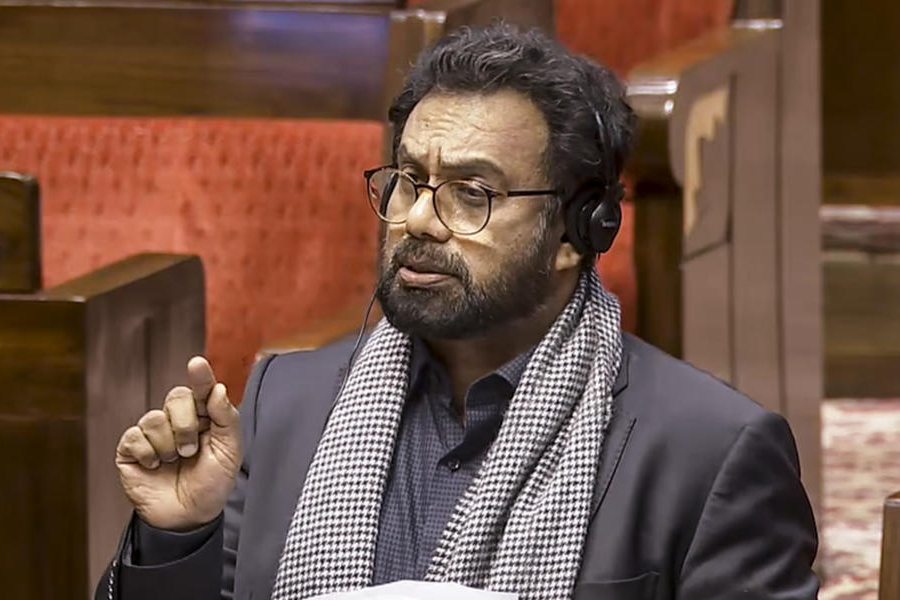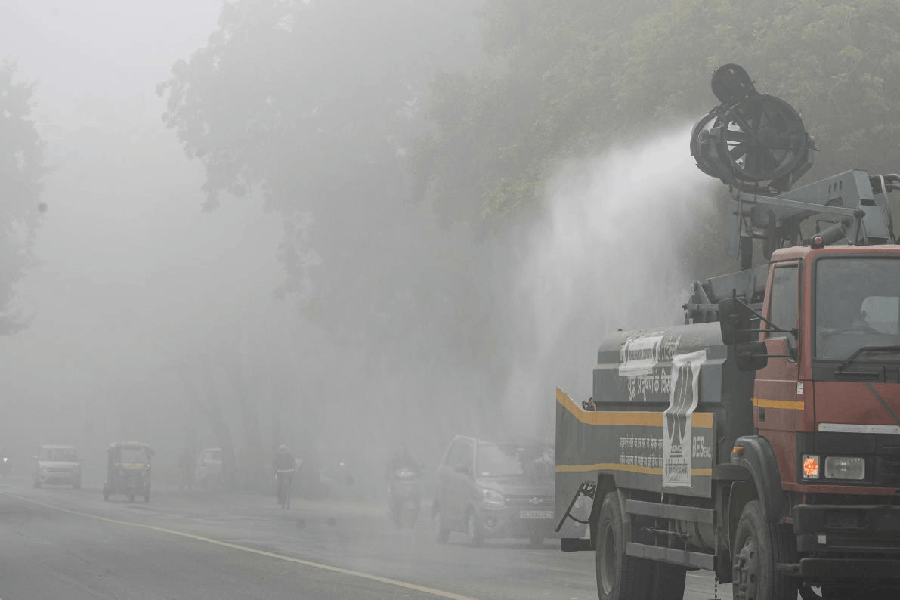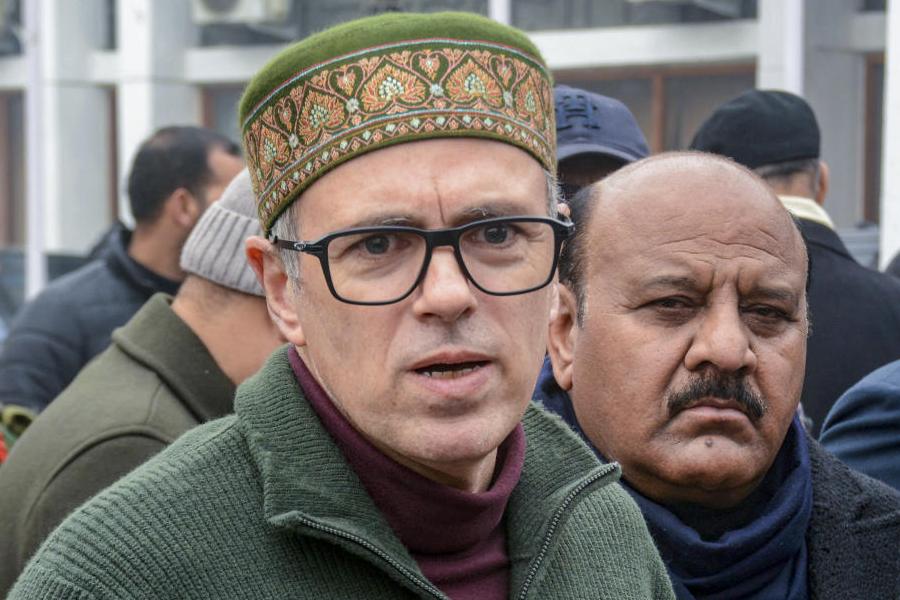The Indian roller (Neelkontho) and the Cotton pygmy goose have the least threat globally but their numbers are declining in Bengal.
In contrast, surrounding areas of Calcutta, as well as in the rest of the state, still have a flock of “high-priority birds” like the Indian spotted eagle or the Bristled grassbird.
These were some of the points that came up for discussion during a birdwatchers’ meet in the city on Monday. A report on the state of birds in Bengal was also released.
The birdwatchers also discussed the way forward to prepare a bird atlas for
Bengal. The atlas will have detailed information on what birds are found where and when, factoring in the seasonal variations.
“The population of the Indian roller, or Neelkontho, in Bengal is declining. There are fewer sightings of these birds. The sightings of Cotton pygmy goose have declined, too,”
said Kanad Baidya, a member of Birdwatchers’ Society, which organised Monday’s meet.
Neelkontho is a bird of the grasslands. It is categorised as a bird of least concern by the International Union for Conservation of Nature (IUCN), said Baidya.
A summary of the status of birds in Bengal, after extracting the state-specific data
from a national bird count conducted last year, was released at the meet. The report of the national count, The State of India’s Birds 2023, was published by Bird Count India last year.
Among the other birds whose sightings have declined in the state are the
Rufous-necked hornbill, Brown-winged kingfisher, Great parrotbill and the Yellow-breasted bunting, according to a poster released on Monday.
“The decline in their numbers also indicates that their habitats are facing rapid destruction,” said Baidya.
Ashwin Vishwanathan, a member of the bird monitoring group of the Nature Conservation Foundation (NCF), said the Bengal summary also highlighted the need to protect some bird habitats.
“A high-priority bird like the Bristled grassbird is found in the grasslands in Rajarhat and Baruipur. They may disappear from the region as the habitats are shrinking. We need to protect these habitats if we want to protect these birds,” said Ashwin.
High-priority birds are those with a declining status or a small distribution range.
Ashwin said The State of Indian Birds 2023 stated that among all bird habitats, the ones for grassland birds have declined the most.
Praveen J., a scientist in the bird monitoring group of the NCF, spoke about the need to have a bird atlas and how to go about it.
Speaking about the modalities of the surveys required for the preparation of the atlas, Praveen said: “We divide an area into grids and each grid is split into cells. Survey teams are asked to visit four such cells within a grid, randomly selected using an algorithm. They have to prepare four bird checklists in each cell and for at least two seasons in a year.”
The random selection is necessary to eliminate bias. “It must be ensured that the survey teams cover not just hotspots or the places where birdwatchers usually go,” he said.
Kerala prepared a bird atlas for the entire state. The work took five years — 2015 to 2020.










